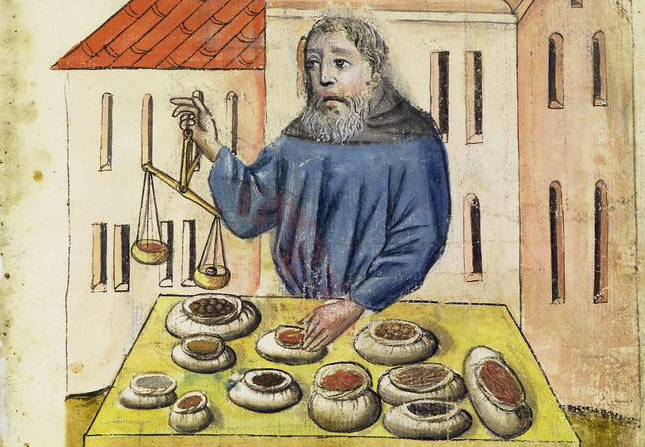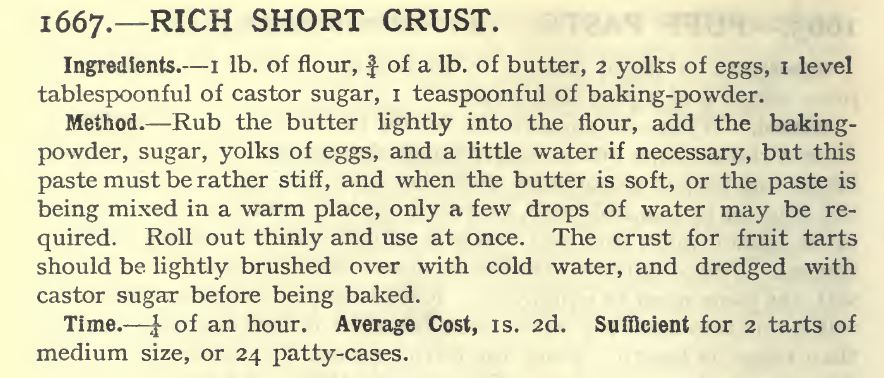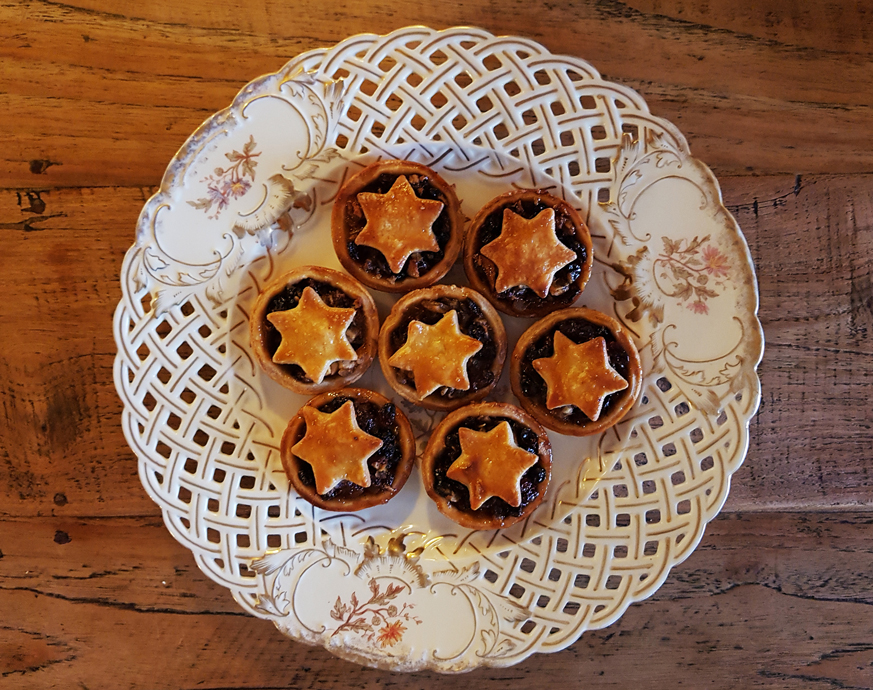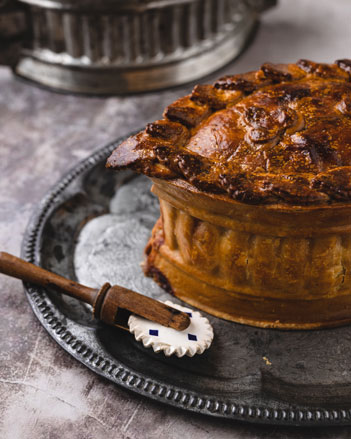The well-known mince pies have been a British Christmas tradition for centuries. Many British folks have them alongside their traditional Christmas dinner including beef wellington, roasted parsnips and of course the famous pigs in blankets. Mince pies nowadays have a sweet filling with raisins, prunes, dates and hints of lemon and orange. These pies have not always been filled with delicious, sweet, yet tangy, minced fruits. There have been numerous versions with different ‘traditional’ fillings throughout history.
Mincemeat Pies and Mince Pies
The mince pie finds its origin in medieval times. Back then, it was custom to eat the filling inside the pies and cast off the crusts. These crusts were not at all like the ones we know today because the mince pies we eat have soft crusts you can easily bite into. Medieval pies had crusts that were tough, often made with just flour and water since they were not meant to be eaten anyway. The medieval type crusts were also known as ‘coffins’. As time went by, however, the pastries became more and more edible. They became tastier, softer and were meant to be eaten in contradiction to the earlier pastry doughs.
Medieval mince pies often had a filling that mixed savoury and sweet flavours: they regularly combined meats with sweet, dried fruits. Therefore: mincemeat pies. When sugar became cheaper and more easily available, the fillings of the mince pies became more and more sweet as well. There is no exact date when meat was completely cut out of the mince pie recipe, this was a graduate process. Today meat has disappeared from the pie and from the name of the pie.
Luxury mincemeat ingredients
Adding a sweet flavour to your dishes using sugar or dried fruits, like dates, was still expensive, hence it was also a way of showing off your wealth. Another form of showing off your wealth was using spices. These spices were often brought to Europe through Arab merchants. The fact that these spices came all the way from India and Indonesia made them more expensive than whatever people were able to grow in their own gardens.

Mince pies and Christmas
Mincemeat pies were often oblong shaped to mimic the shape of a manger, like the one Jesus was put in, in the stable in Bethlehem. The traditional filling was made with apples, which represented fertility in the new season. Spices were also used in the more traditional version of the pies. These spices often represented the gifts of the three wise men brought when Jesus Christ was born. The mince pies we know nowadays are often bite-sized so they can be served as a small dessert during Christmas dinner.
Sweet Mincemeat pies from Mrs Beeton
Mrs Beeton’s Book of Household Management is one of the most famous cookbooks in England, that is still in print today. In the first print from 1861 Mrs Beeton tells us that mince-pies has to be made in patty-pans: some are fluted and some plain, and they are manufactured in all sizes and of different shapes, both oval and round.

The book contains five mincemeat recipes. We choose recipe 1741 for our Christmas pies this year.
Mincemeat
Ingredients. 1 lb of finely-chopped apples, 1 lb of currants, cleaned and picked, ¾ of a lb of finely-chopped suet, ¾ of a lb of raisans, stoned an quartered, ¾ of a pound castor sugar, ¼ of a lb of finely-shredded mixed candied peel, the grated rind and juice of 2 lemons, ½ a teaspoonful of cinnamon, ground cloves, mace and nutmeg, mixed in equal proportions, ¼ of a pint of brandy.
Method. Mix all these ingredients well together, press them into a jar, cover closely and store in a cool dry place until required. It should be kept for 1 month at least before being used.
Average cost. About 6d per lb.
For the crust we used Mrs Beeton’s rich short crust, with some alteration. For the best result: make the filling a day (or two) ahead and keep in the refrigerator.

Ingredients
Crust
500 g flour
2 tbsp sugar
400 g (cold) butter
2 egg yolks
Filling
2 apples
150 g suet
150 g raisins
50 g candied orange peel
50 g candied lemon peel
200 g currants
150 g sugar
1 tsp cinnamon
½ tsp cloves
½ tsp mace
1 tsp nutmeg
2 lemons
100 ml madeira
Preparation
Put the flour, sugar and baking powder in a bowl. Cut the butter in small cubes and add to the bowl. Knead until it becomes a crumbly dough that looks like breadcrumbs. Add the egg yolks and knead until it is roughly combined into big chunks. Add a little cold water if necessary. Empty the bowl onto a clean surface, and knead until the dough becomes smooth. Let it rest in the refrigerator.
Peel and grate the apples and put them in a bowl. Shred the suet. Cut the raisins coarsely. Cut the candied orange and lemon peel finely. Add the suet, raisins, candied peel, currants, sugar and spices to the bowl.
Grate the lemons. Press the lemons. Add zest and juice to the bowl. Mix everything together and add the madeira. Mix it in well.
Take 2/3 of the dough. Roll out the dough and cut circles with a pastry cutter or glass. Put these circles in muffin tins. Fill them with the mincemeat.
Roll out the spare dough and cut out stars with a pastry cutter. Place the stars over the filling. Brush the top with beaten egg and sprinkle with sugar.
Bake the mincemeat pies in a preheated oven for 25-30 minutes at 180 degrees Celsius.
This article is written by Lorin Posthumus, intern at eet!verleden. Recipe: eet!verleden.


